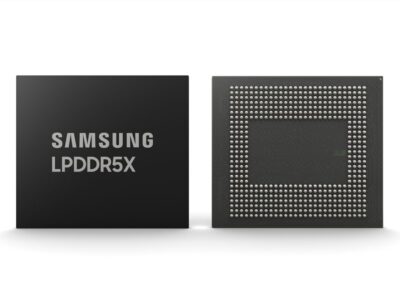
Accelerated vSwitch software aids trend to network functions virtualisation
Wind River, in its role delivering software for intelligent connected systems, claims leading performance with its accelerated virtual switch (vSwitch) integrated within Wind River Carrier Grade Communications Server, which is designed for network functions virtualisation (NFV). Carrier Grade Communications Server is, WR asserts, the only commercial platform delivering six 9s (99.9999%) reliability for telecom networks, delivering up to 1,000x uptime improvement compared to enterprise-class solutions. The accelerated vSwitch can deliver 12 million packets per second to guest virtual machines (VMs) using only two processor cores on an industry-standard server platform, in a real-world use case involving bidirectional traffic. This performance represents 20 times that of the standard Open vSwitch (OVS) software used in typical enterprise data centres. Providing unlimited scalability when instantiated on multiple cores, this performance is achieved using up to 33% fewer CPU resources than other commercial solutions, with no requirement for specific hardware acceleration.
As service providers adopt NFV architectures in order to reduce network operating expenses and accelerate the deployment of new value-added services, the vSwitch plays a key function within the infrastructure platform that runs virtualised network functions (VNFs). The performance of the vSwitch determines the bandwidth of network traffic processed by the VNFs and directly influences the overall cost performance of the platform. Since service providers will ultimately derive revenue from services based on virtualised applications, it is important to minimise the processor resources consumed by the vSwitch function and maximise the resources available for VNFs.
The accelerated vSwitch within the Wind River Carrier Grade Communications Server can switch 12 million packets per second (64-Byte packets) using only two processor cores within a dual-socket Intel Xeon processor platform running at 2.9 GHz. This measurement is based on bidirectional network traffic running from the network interface card (NIC) to the vSwitch, through a VM and back through the vSwitch to the NIC. This represents a real-world NFV configuration, rather than a simplified configuration where traffic runs only from the NIC to the vSwitch and back to the NIC (bypassing the VM, so that no useful work in performed). The performance of the vSwitch is fully deterministic and scales linearly with the number of processor cores allocated to run the function, providing the scalability required for NFV deployments with ongoing changes in bandwidth requirements.
The Wind River accelerated vSwitch enables the rapid deployment of virtualised applications by supporting a wide range of guest operating systems running in the VMs. These guest OSes include enterprise-class Linux distributions, customer-specific “roll-your-own” Linux implementations, Windows and Wind River Linux. The accelerated vSwitch supports standard, unmodified guest applications and the industry-standard Kernel-based Virtual Machine (KVM) hypervisor. Virtual applications based on the Intel Data Plane Development Kit (Intel DPDK) can run unmodified thanks to the Wind River Advanced Virtual Port poll-mode virtual NIC driver. These features allow service providers and telecom equipment manufacturers (TEMs) to exploit the performance, scalability and reliability of the accelerated vSwitch without having to modify and re-validate their existing applications.
“As a key element in our Carrier Grade Communications Server, our accelerated vSwitch was designed from the ground-up to incorporate the Carrier Grade features that are critically important for telecom networks that must deliver six 9s reliability,” said Mike Langlois, general manager of the communications business for Wind River. "For example, the accelerated vSwitch provides fast convergence during live migration of VMs, while minimising the impact of ‘dirty page’ updates. To allow for optimum resource allocation, it provides deterministic processing performance without the jitter of over 10% exhibited by the standard Open vSwitch. Protocols such as LAG, VLAN tagging, and VXLAN provide the security features that are essential for telecom networks.”
Wind River; www.windriver.com/announces/network-functions-virtualization/
 If you enjoyed this article, you will like the following ones: don't miss them by subscribing to :
eeNews on Google News
If you enjoyed this article, you will like the following ones: don't miss them by subscribing to :
eeNews on Google News




